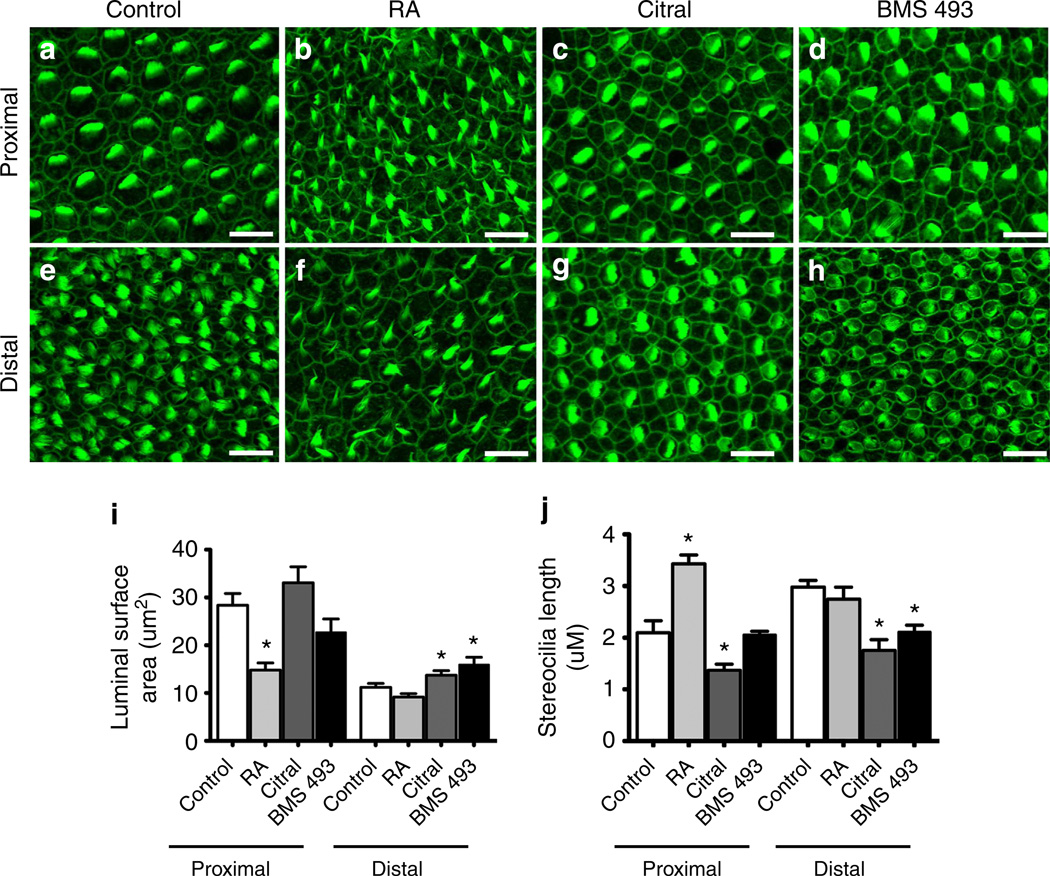Figure 6. Modulating RA disrupts tonotopic gradients of hair bundle heights and HC luminal surface area.
Example micrographs of HCs that form in the proximal and distal regions of E6.5 BPs cultured 7 days with control media (a,e), RA (b,f), citral (c,g) or BMS 493 (d,h). Hair bundle heights were analysed from confocal micrographs using Imaris 3D software (Bitplane). (i) Quantification of HC luminal surface areas that formed in the proximal and distal regions of treated BPs measured using ImageJ from confocal maximum projections. HCs that formed in the proximal region of BPs treated with RA developed smaller luminal surfaces than HCs that formed in the proximal region of control BPs. Further, HCs that formed in the distal region of BMS 493 and citral-treated cochlea developed larger luminal surfaces than HCs that formed in the distal regions of control BPs. Total number of BPs analysed are n = 15 for control; n = 20 for RA; n = 12 for citral; n = 6 for BMS 493 treatments. (j) Quantification of the maximal hair bundle heights that formed in the proximal and distal regions of treated BPs. Proximal HCs formed longer hair bundles in RA-treated BPs compared with control proximal HCs. In addition, citral treatments lead to significantly shorter hair bundles in both proximal and distal regions compared with controls. BPs treated with BMS 493 developed shorter hair bundles in the distal region (nBPs = 6). *P<0.05; one-way ANOVA with Newman–Keuls post-test. Total number of BPs analysed are n = 8 for control; n = 9 for RA; n = 8 for citral; n = 6 for BMS 493 treatments. Graph shows mean±s.e.m. Scale bars, 10µm.

